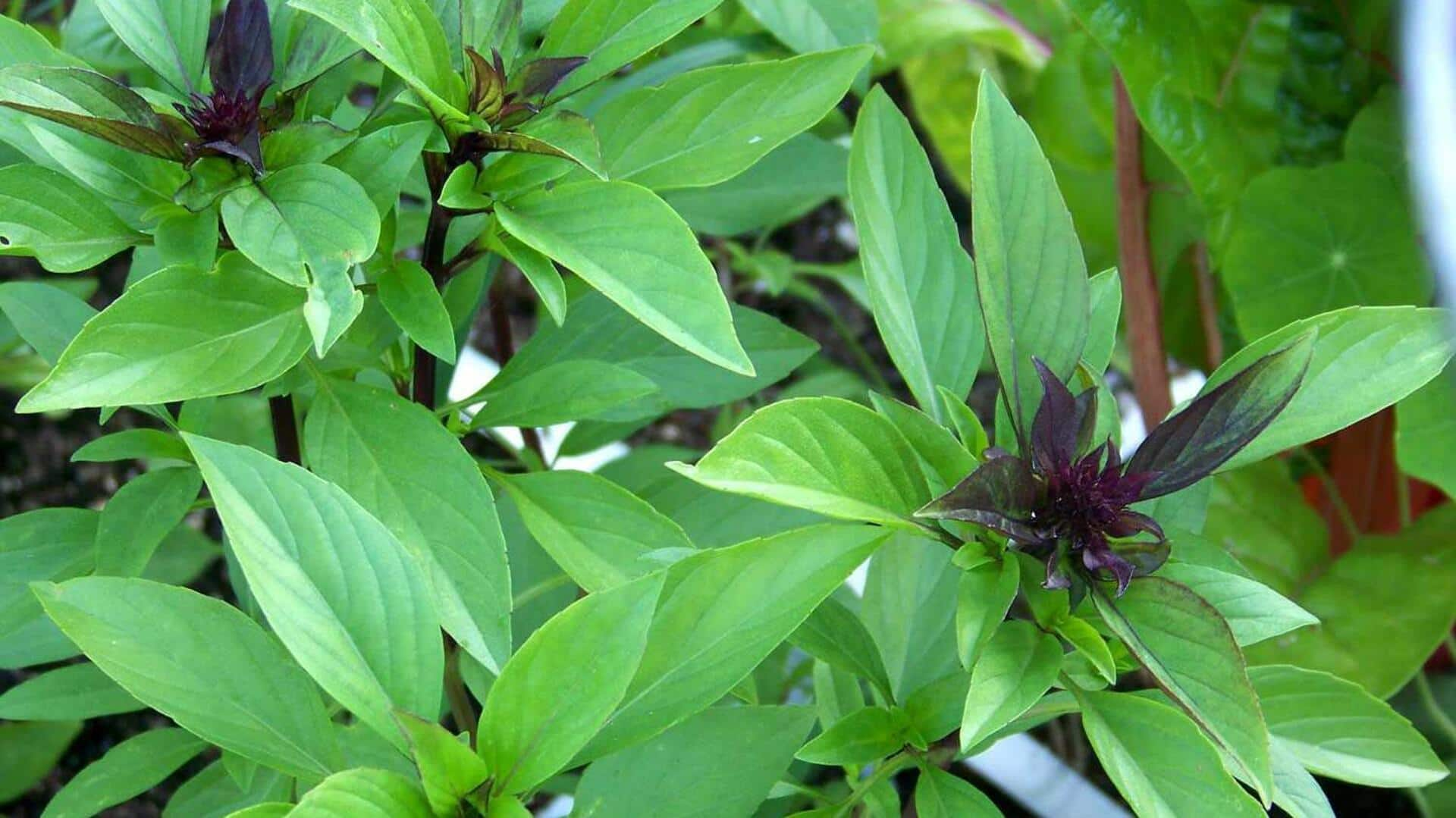Optimal Sunlight
Rose plants thrive when they receive ample sunlight. For best results, ensure your roses get at least six to eight hours of direct sunlight daily. In areas
with intense afternoon sun, some protection might be needed to prevent leaf scorch, especially during the hottest months. Proper sunlight exposure fuels robust growth and abundant blooms, creating the vibrant displays that rose enthusiasts adore. Consider the angle of the sun and the location of surrounding trees or buildings when choosing a spot to plant your roses. The more sunlight they receive, the more flowers they'll produce.
Watering Techniques
Watering rose plants correctly is key to their health. Deep, infrequent watering is preferable to shallow, frequent watering. Aim to water the soil deeply, allowing the moisture to reach the roots. Water early in the morning to let the foliage dry before nightfall, reducing the chance of fungal diseases. Avoid overhead watering, which can promote diseases like black spot. Check the soil moisture before watering. If the top inch or two of soil feels dry, it’s time to water. Regular watering, especially during dry spells, helps maintain the plant's vigor and flowering capacity. Ensure proper drainage to prevent root rot.
Soil Preparation
Preparing the soil properly is essential for rose success. Roses prefer well-draining soil enriched with organic matter. Before planting, amend the soil with compost, well-rotted manure, or other organic materials. This improves drainage, enhances nutrient content, and helps retain moisture. A slightly acidic soil pH (around 6.0 to 6.5) is ideal for roses. Consider a soil test to assess the soil's condition and make adjustments accordingly. Adequate soil preparation provides a strong foundation, promoting healthy root development and leading to thriving rose bushes. Proper soil structure supports the overall health of the roses, facilitating efficient nutrient uptake and optimal growth.
Pruning Practices
Pruning is a crucial element in rose care. Proper pruning encourages new growth and abundant flowering. Prune roses during late winter or early spring before new growth begins. Remove dead, diseased, or crossing branches. Cut back the remaining canes to a desirable shape, promoting air circulation and preventing disease. Different types of roses require different pruning techniques. Research the needs of your specific rose varieties. Regular pruning stimulates new growth, enhances the plant's overall appearance, and ensures optimal flowering. Pruning also helps maintain the plant's shape and prevents overcrowding, allowing for better light penetration and air circulation.
Fertilizing Strategies
Regular fertilization is essential to provide roses with the nutrients they need. Fertilize roses throughout the growing season. Use a balanced fertilizer specifically formulated for roses. Follow the instructions on the fertilizer packaging for proper application. Feed roses during spring as new growth emerges and again after the first flush of blooms. Avoid over-fertilizing, as this can harm the plants. Organic fertilizers, such as compost tea or well-rotted manure, provide nutrients and improve soil health. Adequate fertilization fuels vigorous growth and vibrant blooms, enhancing the beauty of your rose plants.
Pest and Disease Control
Protecting roses from pests and diseases is crucial for their health. Regularly inspect your plants for signs of infestation, such as aphids or spider mites, or disease, such as black spot or powdery mildew. Take early action by removing any affected parts. Use insecticidal soap or horticultural oil to manage pests. Ensure good air circulation to prevent fungal diseases. Consider using fungicides as a preventative measure if your roses are prone to disease. Proper pest and disease control ensures that your roses remain healthy and vibrant, with the best possible display of flowers. Choose disease-resistant varieties when possible to simplify maintenance and minimize the need for treatments.
Winter Protection
Protecting roses during winter is important, especially in colder climates. The techniques needed depend on the climate and the type of rose. In cold regions, mound soil or mulch around the base of the rose bushes to insulate the roots from freezing temperatures. Protect the canes from harsh winds and freezing conditions. Prune back the roses in late winter or early spring. Remove any protective covering once the threat of frost has passed. Winter protection ensures the survival of your roses and promotes their health. Following winter care tips prepares the roses to thrive in the coming spring, continuing to provide beauty and enjoyment to your garden.











